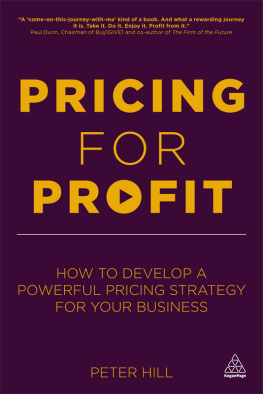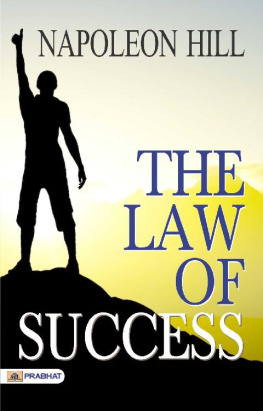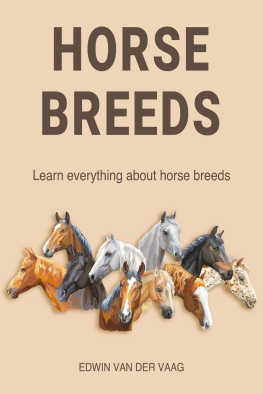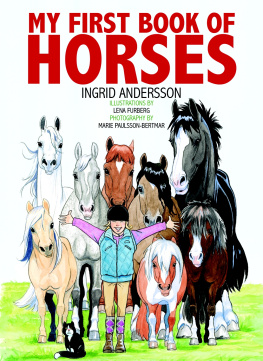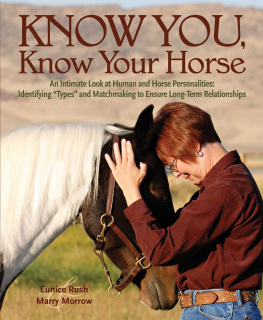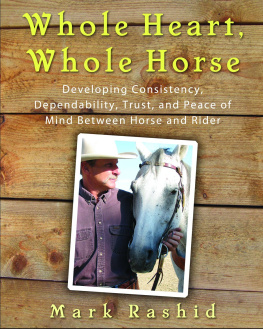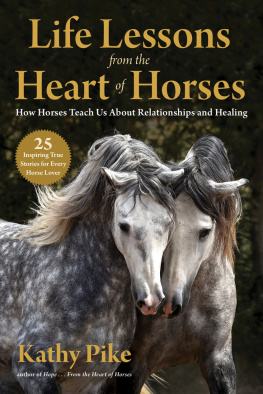HOW TO Think LIKE A Horse

HOW TO Think LIKE A Horse
The Essential Handbook for Understanding Why Horses Do What They Do
CHERRY HILL

The mission of Storey Publishing is to serve our customers by
publishing practical information that encourages
personal independence in harmony with the environment.
Edited by Deborah Burns
Art direction by Vicky Vaughn
Text design and production by Jennie Jepson Smith
Cover photograph by Cherry Hill
Cover design by Philip Pascuzzo
Author photo by Richard Klimesh
Interior photographs by Mark J. Barrett: 132; Royalty-free/CORBIS: chapter headings (background texture), 73; Cherry Hill: vi 3rd and 4th from top, vii bottom, 6, 8, 20, 26, 33, 37, 48, 58, 64, 65, 81, 116, 122, 143, 151, 158, 160 right; Richard Klimesh: vi top two, vii 3rd from top, 3, 4, 12, 13, 15, 16, 18, 23, 24, 30, 43, 46, 57, 67, 68, 75, 80, 91, 124, 131, 133, 142, 144, 145, 146, 147, 148, 152, 153, 160 left, 161 left, 167; Bob Langrish: ii, v, vi bottom two, vii top two, x, 5, 14, 22, 29, 31, 32, 34, 60, 62, 69, 74, 77, 79, 98, 104, 111, 117, 124, 135, 140, 141, 161 right; Storey Publishing: 40-41
Illustrations by Elayne Sears
Infographics by Kristy MacWilliams: 9, 72; Ilona Sherratt: 36, 44, 128, 174
Indexed by Susan Olason, Indexes & Knowledge Maps
Special thanks to Country Tack, Lanesborough, Mass., for grooming tools shown on pages 40-41.
2006 by Cherry Hill
All rights reserved. No part of this book may be reproduced without written permission from the publisher, except by a reviewer who may quote brief passages or reproduce illustrations in a review with appropriate credits; nor may any part of this book be reproduced, stored in a retrieval system, or transmitted in any form or by any meanselectronic, mechanical, photocopying, recording, or otherwithout written permission from the publisher.
The information in this book is true and complete to the best of our knowledge. All recommendations are made without guarantee on the part of the author or Storey Publishing. The author and publisher disclaim any liability in connection with the use of this information. For additional information please contact Storey Publishing, 210 MASS MoCA Way, North Adams, MA 01247.
Storey books are available for special premium and promotional uses and for customized editions. For further information, please call 1-800-793-9396.
Printed in the United States by Versa Press
20 19 18 17 16 15 14 13 12
LIBRARY OF CONGRESS CATALOGING-IN-PUBLICATION DATA
Hill, Cherry, 1947
How to think like a horse / by Cherry Hill.
p. cm.
Includes index.
ISBN 978-1-58017-835-8 (pb : alk. paper) 1. HorsesBehavior. 2. Human-animal communication. 3. Horsemanship. I. Title.
SF281.H55 2006
636.1dc22 2005027792
To my long-time friends:
Deborah Burns, editor extraordinaire for 20 years
Sassy EclipseSassy, excellent trail horse and
broodmare for 30 years
Miss Debbie HillZinger generous dressage and
western horse for 30 years
and especially to
Richard Klimesh, my husband and best friend
for over 35 years.

Contents










Preface
WHEN I WAS A VERY YOUNG CHILD, I not only wanted to be with horses all of the time, but I even wanted to be a horse. I galloped, reared, kicked, and nickered. When I saw a new thing, Id walk up very cautiously, roll my head forward and down to get a really good look, and then Id jump lightly to the side with a squeal. Then Id approach the item again to smell it with an air of suspicion and high alertness, all the while making snorting and blowing sounds.
I even did this at the dinner table to inspect my food. Not the greatest behavior when we had company, especially when Id follow the sniffing with a loud whinny. Our guests would joke to my parents that I was part horse, but that was not good enough for me. I wanted to be all horse. Thats why, after grooming a horse, Id be careful not to completely wash my hands so that I could save that wonderful smell for as long as possible.
Somewhere in grade school, much to my parents relief, my external horse behavior subsided somewhat, but the core of my being had become part horse. And so it is to this day. My life has revolved around horses.
Many of the books I have written about horses have been about horse-related thingsbarns and feeding, grooming and tack, hoof care, training and riding. In a few books, Ive talked about the interaction between humans and horses as it relates to management or training, but up until now, I havent devoted an entire book to what makes up the horse.
Since I am a teacher at heart, my explanations have lots of facts and details in them. This is because instead of having you take my word for it, Id rather give you something you can sink your teeth intoinformation that can help you come to your own conclusions. Because research on horse behavior is limited and opinions abound, Im offering you my interpretation of what has been published.
Yet, when it comes right down to it, all of the books and information in the world are not going to take the place of the time and experience needed to develop a sense of horse. As far as I am concerned, that is something very personal. No one can give it to you, you cant buy it, and you cant come to it purely from an intellectual standpoint. Learning some facts about horses, however, will help you form a valuable base for understanding their needs, behaviors, and abilities. To that end, I have written a combination left brain/right brain book directed at the scientist and artist that exist in all of us.
Next page

